Ores
Type of resources
Available actions
Topics
Keywords
Contact for the resource
Provided by
Years
Formats
Representation types
Update frequencies
Scale
-
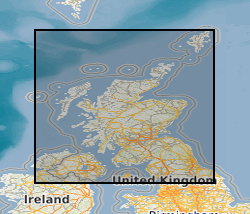
Collection of c.5,000 items relating to economic mineral exploration and exploitation in Scotland (with some records for Northern England) pre c.1960. Incorporates Non-Ferrous Metallic Ores Committee and Mineral Development Committee records. Collection originally arranged by mineral commodity, but new data is added in accession order.
-
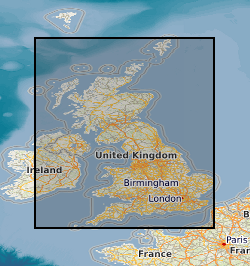
This layer of the map based index (GeoIndex) shows the locations of known mines, mineral showings and localities, including sites where minerals of economic interest have been identified in panned concentrates. The information for the index is taken from the Mineral Occurrence Database. The Mineral Occurrence Database holds information on mineral occurrences in the UK including locations of known mines, deposits, prospects and mineral showings, including sites where minerals of potential economic interest have been identified in panned concentrates. Data is normally taken from published sources or from internal BGS records, such as field sheets, rock and stream sediment collection cards. Data compilation started ca. 1994 and the database currently holds about 13 000 records, but details of many more old workings and occurrences remain to be added.
-
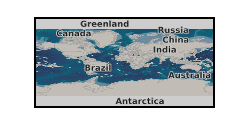
High-precision CA-ID-TIMS (Chemical Abrasion Isotope Dilution Thermal Ionization Mass Spectrometry) Uranium-Lead geochronology of zircon, extracted from igneous plutonic and mineralised porphyry intrusions in the Rio Blanco-Los Bronces Cu Porphyry area, Chile. Eleven parent samples cover an age range of ca. 14 Ma to ca. 5 Ma. Sample Identifiers correspond to the NERC Highlight topic consortium project FAMOS (From Arc Magmas to Ores) samples from the Natural History Museum component of the project and Large et al.(2024) J. Pet, where full rock types, geo-references, petrography, and geochemistry of parent samples can be found in addition to zircon Cathodoluminesence and SEM characterization of zircon of samples, and the corresponding zircon trace element analyses (inclusive of U-Pb) by laser ablation ICPMS. This data provides insights into the crystallisation of zircon and timescales of porphyry copper deposits.
-
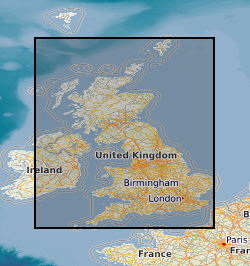
Dataset of mineral occurrences in the UK including locations of known mines, mineral showings and localities, including sites where minerals of economic interest have been identified in panned concentrates. Data is normally taken from published sources or from internal BGS records, such as field sheets, rock and stream sediment collection cards. Data compilation started ca. 1994.
-
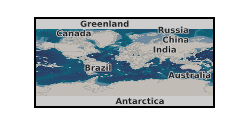
The British Geological Survey has one of the largest databases in the world on the production and trade of minerals. The dataset contains annual production statistics by mass for more than 70 mineral commodities covering the majority of economically important and internationally-traded minerals, metals and mineral-based materials. For each commodity the annual production statistics are recorded for individual countries, grouped by continent. Import and export statistics are also available for years up to 2002. Maintenance of the database is funded by the Science Budget and output is used by government, private industry and others in support of policy, economic analysis and commercial strategy. As far as possible the production data are compiled from primary, official sources. Quality assurance is maintained by participation in such groups as the International Consultative Group on Non-ferrous Metal Statistics. Individual commodity and country tables are available for sale on request.
-
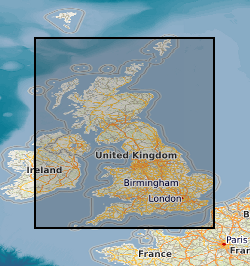
Reports of 267 mineral exploration projects carried out in the UK under the Mineral Exploration and Investigation Grants Act (MEIGA). Produced by external mineral exploration companies between 1971 and 1984. Includes project files kept on behalf of DTI (Department of Trade and Industry). All reports are held in hard copy and all are now on openfile.
-
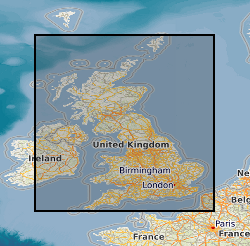
Mining hazard (not including coal) summarises the location, extent and indicates the level of hazard associated with former and present underground mine workings. The dataset covers Great Britain and is published at 1: 50 000 scale. The content is derived from a range of data sources including, but not limited to the bedrock geology, extensive literature reviews of both published and unpublished documents, abandonment and mine plans, combined with a wealth of expert knowledge and experience. The release of version 8 builds on the content of previously published versions. The coverage has been expanded with the inclusion of newly identified areas and drawing on data from the BGS published Britpits (BGS database of British Pits -includes both surface and underground mineral workings) and other resources. For the first time, zones of influence have been integrated (for evaporites, oil shales and building stones) to indicate the areas surrounding mining sites which might be impacted. The data have been compiled and presented in an easy to use format to provide a national overview of the country's mining legacy. Given the long and complex mining history of Great Britain, this dataset represents the best information available at the present time (September 2020). Work continues to develop this product, which will result in the release of ad hoc updates in the future.
 BGS Data Catalogue
BGS Data Catalogue